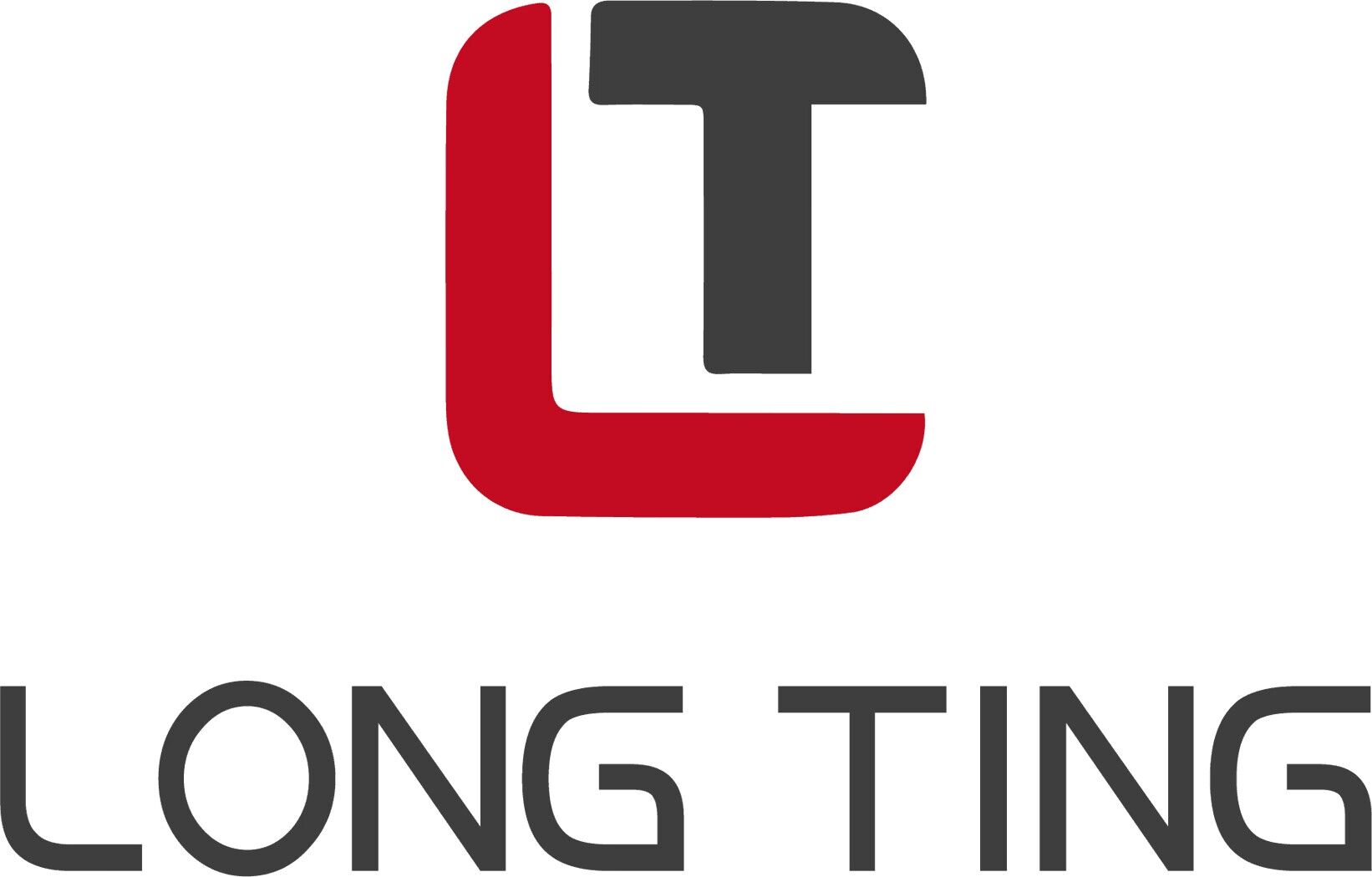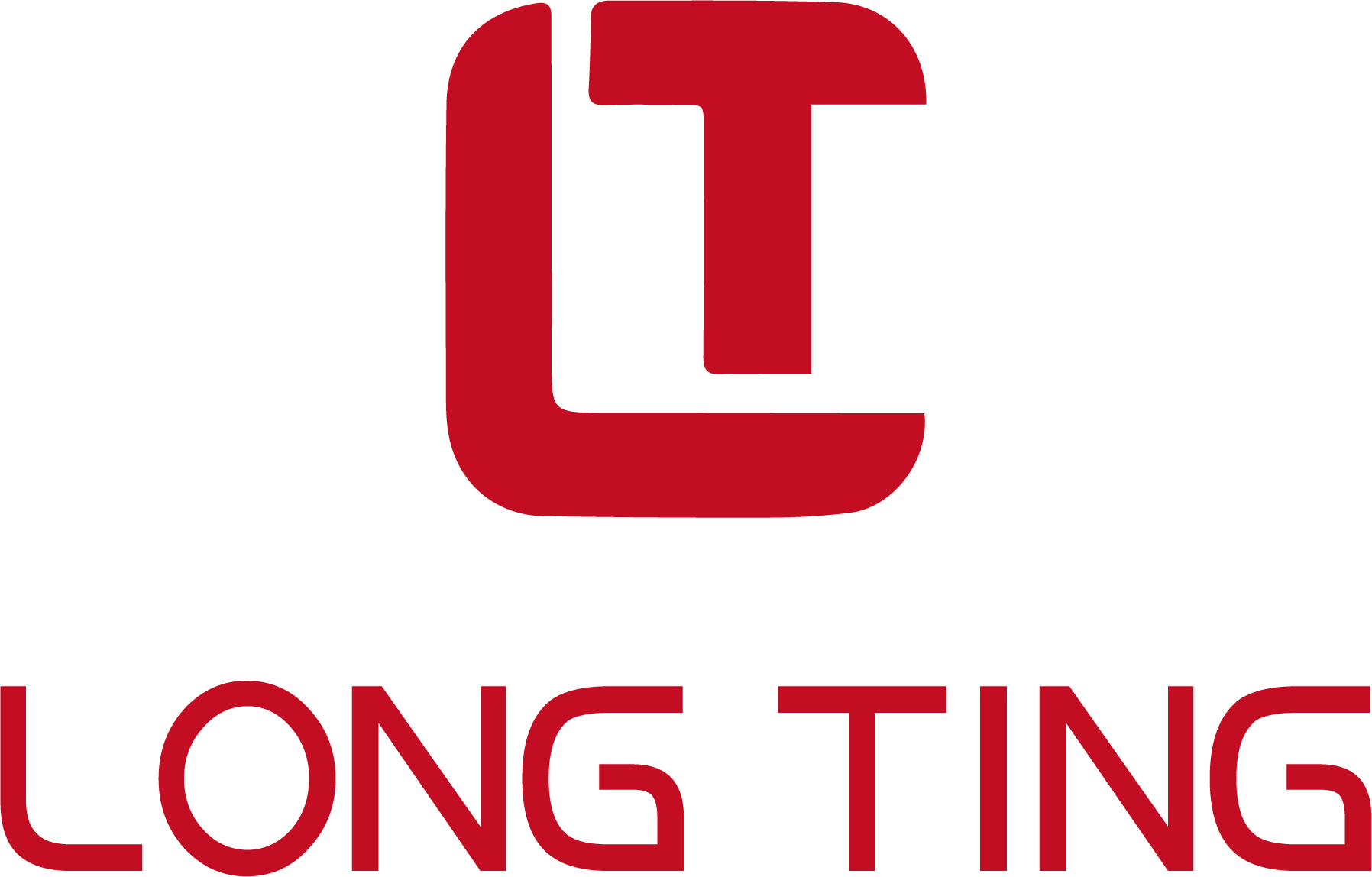Today let’s talk about Several common standards for printed circuit boards

1) IPC-ESD-2020: Joint Standard for the Development of Electrostatic Discharge Control Programs.
Includes all necessary planning, establishment, completion and maintenance of an ESD control program.
Based on the historical experience of certain military and commercial organizations,
Provides guidance on handling and protection during electrostatic discharge sensitive periods.
2) IPC-SA-61 A: Semi-aqueous cleaning manual after soldering.
Including all aspects of semi-aqueous cleaning,
Include chemical, process residues, equipment, processes, process controls, and environmental and safety considerations.
3) IPC-AC-62A: Handbook for Aqueous Cleaning after Soldering.
Delineate manufacturing residues, types and properties of aqueous cleaners,
Aqueous cleaning processes, equipment and techniques, quality control,
Costs for environmental control and employee safety and cleanliness testing and testing.
4) IPC-DRM-4 0E: Through Hole Solder Joint Evaluation Desktop Reference Manual.
According to the standard requirements, the detailed description of components, hole walls and welding surface covering, etc.,
It also includes computer-generated 3D graphics.
Covers fillets, contact angles, dips, vertical fills, pad masking, and numerous solder joints
defective condition.
5) IPC-TA-722: Handbook for Evaluation of Welding Techniques.
Includes 45 articles on all aspects of welding technology,
The content touches common welding, welding consumables, manual welding, batch welding,
Wave soldering, reflow soldering, vapor phase soldering and infrared soldering.
6) IPC-7525: Formwork planning strategy.
Provides guidelines for the design and manufacture of solder paste and surface mount adhesive coated stencils
It also discusses stencil design using surface mount technology and introduces ?
Kunhe technology, including overprinting, double printing and staged formwork planning.
7) IPC/EIA J-STD-004: Standard Requirements for Soldering Flux—Including Appendix I.
Including technical guidelines and classification of rosin, resin, etc.,
Organic and inorganic fluxes classified according to the content and degree of activation of halides in the flux;
Also included are flux applications, flux-containing substances, and low-residue fluxes used in no-clean processes.
8) IPC/EIA J-STD -005: Standard Requirements for Solder Paste – including Appendix I.
Lists the characteristics and technical policy requirements of solder paste,
Also includes inspection methods and standards for metal content,
As well as viscosity, slump, solder balling, tackiness and dipping performance of solder paste.
9) IPC/EIA J-STD -0 06A: Standard Requirements for Electronic Grade Solder Alloys, Fluxed and Non-fluxed Solid Solders.
For electronic grade solder alloys, for rod, ribbon, powder flux and non-flux solder,
For the application of electronic solder, provide nomenclature, standard requirements and inspection methods for special electronic grade solder.
10) IPC-Ca-821: General requirements for thermally conductive adhesives.
Includes requirements and verification methods for thermally conductive dielectrics that bond components in proper orientation.
11) IPC-3406: Guidelines for Coating Adhesives to Conductive Surfaces.
Provides guidance on the selection of conductive adhesives as solder alternatives in electronics manufacturing.
12) IPC-AJ-820: Assembly and Soldering Manual.
including a description of inspection techniques for assembly and welding,
Including terms and definitions; printed circuit boards, types of components and pins, materials for solder joints, components and equipment,
Standard reference and outline for planning; soldering techniques and packaging; cleaning and lamination; quality assurance and inspection.
13) IPC-7530: Temperature profile guide for batch soldering process (reflow soldering and wave soldering).
Various inspection methods, techniques and methods are selected in the temperature curve acquisition,
Provides guidance for creating optimal graphics.
14) IPC-TR-460A: Printed circuit board wave soldering defect cleaning list.
A list of suggested corrections for defects that may be caused by wave soldering.
15) IPC/EIA/JEDEC J-STD-003A. Solderability inspection of printed circuit boards.
16) J-STD-0 13: Use of Ball Grid Array (SGA) and other high-density technologies.
establish the standard requirements and interactions required for the printed circuit board packaging process,
Provides information for interconnecting high-performance and high-pin-count integrated circuit packages,
Includes information on planning principles, selection of materials, board fabrication and assembly techniques,
Inspection methods and reliability expectations based on the end-use environment.
17) IPC-7095: Planning and Assembly Process Supplement for SGA Devices.
Provides a variety of useful how-to information for those who are working with SGA devices or considering moving into the field of array packaging methods;
Provides education for inspection and repair of SGA and provides reliable information on the field of SGA.
18) IPC-M-I08: Cleaning Instruction Manual.
Including the most new version of other IPC cleaning instructions,
Assists manufacturing engineers as they determine product cleaning processes and defect removal.
19) IPC-CH-65-A: Guidelines for Cleaning in Printed Circuit Board Assembly.
Provides reference for current and emerging cleaning methods in the electronics industry,
Includes descriptions and discussions of various cleaning methods, explaining
The linkages between various materials, processes, and contaminants in manufacturing and assembly operations.
20) IPC-SC-60A: Solvent cleaning manual after soldering.
The use of solvent cleaning techniques in automatic and manual welding is given,
The properties of solvents, residues, and process control and environmental aspects are discussed.
21) IPC-9201: Surface Insulation Resistance Handbook.
Including the terminology, theory, verification process and verification method of surface insulation resistance (SIR),
It also includes temperature, humidity (TH) inspection, defect type and defect cleaning.
22) IPC-DRM-53: Introduction to Electronic Assembly Desktop Reference Manual.
Diagrams and photos illustrating through-hole and surface-mount device technologies.
23) IPC-M-103: Handbook Standard for Surface Mount Devices.
This section includes all 21 IPC files for surface mount.
24) IPC-M-I04: Printed Circuit Board Assembly Manual Standard.
Includes 10 of the most widely used documents on printed circuit board assembly.
25) IPC-CC-830B: Function and qualification of electronic insulating compounds in printed circuit board assembly.
The protective coating meets an industry standard of quality and qualification.
26) IPC-S-816: Surface mount technology process strategy and list.
This defect cleaning guide lists all types of process problems encountered in surface mount assembly and their solutions,
Including bridging, missing soldering, uneven placement of components, etc.
27) IPC-CM-770D: Guide to printed circuit board components and equipment.
Provides useful instruction for the preparation of components in printed circuit board assembly,
and reviewed relevant standards, influence and distribution,
Including assembly technology (including manual and automatic as well as surface mount technology and flip chip assembly technology)
and considerations for subsequent soldering, cleaning and lamination processes.
28) IPC-7129: Defects per million opportunities (DPMO) calculation and printed circuit board assembly manufacturing policy.
A baseline policy agreed upon by relevant industry sectors on accounting for deficiencies and quality;
This provides a satisfactory way to calculate the number of defects per million opportunities benchmark.
29) IPC-9261: Printed Circuit Board Assembly Yield Estimation and Defects per Million Opportunities in Assembly Run.
Defines a reliable method for calculating the number of defects per million opportunities in printed circuit board assembly runs,
It is a measurement standard for evaluating each stage in the assembly process.
30) IPC-D-279: A Guide to Reliable Surface Mount Technology Printed Circuit Board Assembly Planning.
A walkthrough of the reliability manufacturing process for surface mount technology and mixed technology printed circuit boards, including planning thinking.
31) IPC-2546: Combination Requirements for Transfer Points in Printed Circuit Board Assembly.
depicts the material motion system,
such as actuators and buffers, manual placement, automated screen printing, automated adhesive dispensing,
Automatic surface mount placement, automatic plated through hole placement, forced convection, infrared reflow oven, and wave soldering.
32) IPC-PE-740A: Defect removal in printed circuit board manufacturing and assembly.
Including case records and proofreading activities of problems in the planning, manufacturing, equipment and inspection process of printed circuit products.
33) IPC-6010: Printed Circuit Board Quality Standards and Functional Standards Series Manual.
Including the quality standards and performance standards formulated by the American Printed Circuit Board Association for all printed circuit boards.
34) IPC-6018A: Inspection and inspection of printed circuit boards for microwave products.
Includes functional and qualification requirements for high frequency (microwave) printed circuit boards.
35) IPC-D-317A: Planning Guidelines for Selecting High-Speed Technology Electronic Packaging.
Provides instruction in the design of high-speed circuits, including mechanical and electrical considerations and functional testing.


